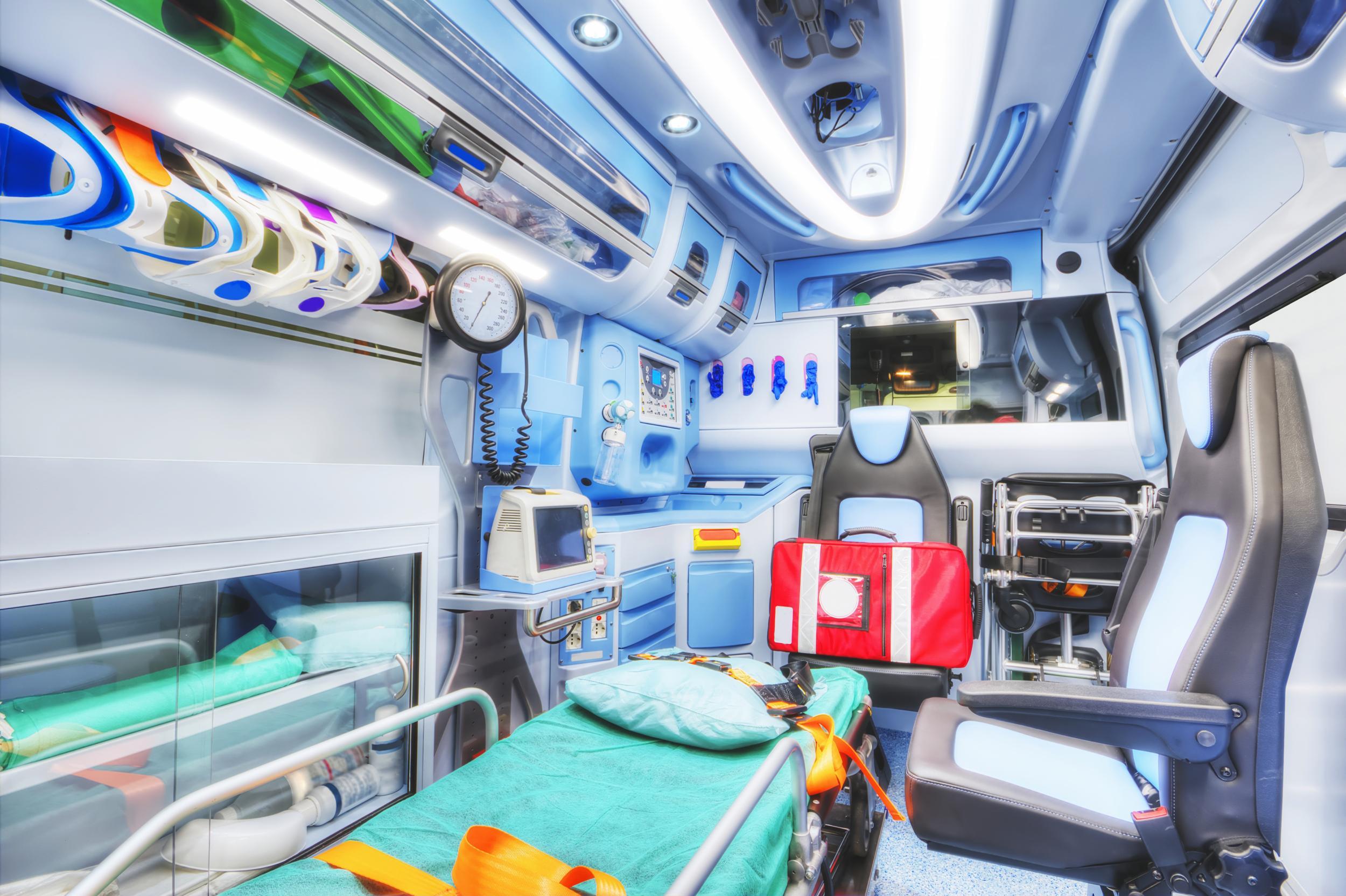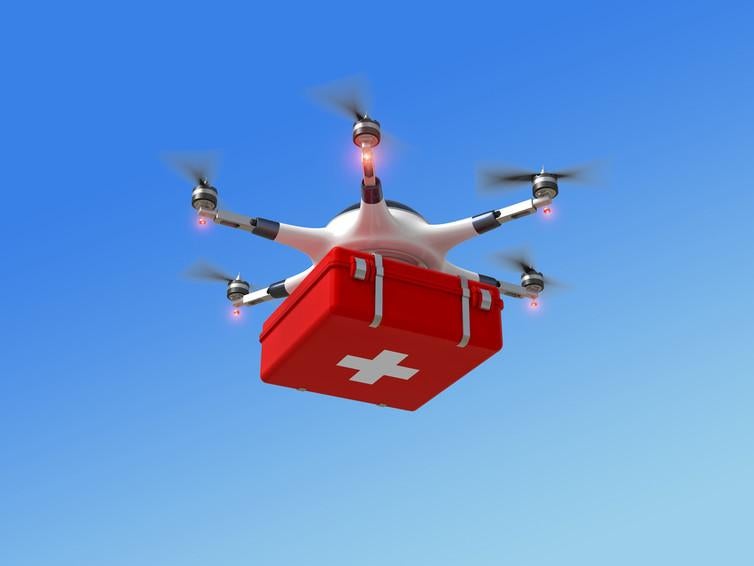In the future your ambulance could be driverless
... and supported by a drone

Your support helps us to tell the story
From reproductive rights to climate change to Big Tech, The Independent is on the ground when the story is developing. Whether it's investigating the financials of Elon Musk's pro-Trump PAC or producing our latest documentary, 'The A Word', which shines a light on the American women fighting for reproductive rights, we know how important it is to parse out the facts from the messaging.
At such a critical moment in US history, we need reporters on the ground. Your donation allows us to keep sending journalists to speak to both sides of the story.
The Independent is trusted by Americans across the entire political spectrum. And unlike many other quality news outlets, we choose not to lock Americans out of our reporting and analysis with paywalls. We believe quality journalism should be available to everyone, paid for by those who can afford it.
Your support makes all the difference.The revolution in driverless vehicles will make many jobs obsolete. In the US alone, it is estimated that driverless vehicles will wipe out 4.1 million jobs. Truck drivers, delivery drivers, taxi drivers and Uber drivers will be out of work, and sooner than you might think. But automation can be a force for good, doing jobs more cheaply, safely and efficiently. In fact, there’s one service that’s crying out for more automation: the ambulance service.
Demand for ambulance services is growing rapidly in developed countries due to a combination of growing and ageing populations, an increase in chronic diseases, and a scarcity of primary care clinics and providers. This leaves the emergency services overburdened, with a dismal outlook for the future.
With driverless vehicles already on the road, some governments are looking into the possibility of driverless ambulances. Driverless ambulances and other technology could take some of the strain off the emergency services, freeing paramedics to deal with high-risk patients where each minute waiting for treatment significantly reduces a patient’s chance of surviving. This would include cardiac arrest patients, where brain damage typically starts within four to six minutes.
Initially, health services could introduce a fleet of driverless ambulances alongside their current manned models to deal with low-risk patients – essentially starting out as “medical taxis”. Low-risk patients would be picked up by a driverless ambulance and transported to the nearest hospital or clinic for treatment. With the introduction of these ambulances, the need for paramedics to respond to every call – regardless of severity – would be greatly reduced.
However, not everyone is in favour of automated ambulances. One survey of just over 1,000 people in the US found that around half said they would be comfortable riding in one.
Supported by drones
As well as delivering Amazon packages, spying on neighbours and conducting military strikes, drones could also be used by health services to take the pressure off the ambulance service. They would be especially useful for delivering medical equipment to remote locations. In fact, a start-up called Zipline is already successfully delivering blood and medicine across Rwanda. But these services could also be used in developed countries. For example, if a doctor in a remote rural location has to treat a patient with a rare condition, but lacks the necessary medical supplies at the GP clinic or local hospital, a drone could deliver the supplies. Alternatively, drones could be used to deliver vital medical equipment to a drop point prior to the manned ambulance’s arrival. This would allow the patient to be treated as soon as the paramedics arrive.

Drones could also be used to transport specialised equipment, medication or even blood products between hospitals. This would reduce the need for ambulances to drive further distances to find somewhere that can treat their patients.
Predicting emergencies
For several years, police forces around the world have been using sophisticated algorithms to predict areas where crime is most likely to occur. This allows police departments to deploy officers to areas of “high demand”. While these Minority Report-style systems have proven to be controversial, a similar system that predicts illness hotspots is less likely to raise eyebrows.
Such a system could be used by ambulance services. It would collect previous trip data from ambulances (both manned and unmanned). The software would take into consideration the time of year, weather, public events (such as concerts and protests), populations (such as elderly or deprived) and past emergencies that ambulances have responded to. This would enable the driverless ambulances to locate themselves within high-risk areas when they are not in use, allowing them to respond much faster to calls.
As these systems log more and more information, they will become increasingly more accurate at predicting medical emergencies, in the same way that data mining tools, used by social media and advertising companies, get better at figuring out what food, clothes, movies and so on you like best, and what you might like in the future.
These new methods may seem far off, but depending on how fast healthcare systems invest and adopt these technologies, they could be changing the way we receive medical treatment within decades. In the face of ever rising demand, technology is likely to be the saviour of ambulance services, making them faster, more effective and safer. However, it may take a while before the public are comfortable with the idea.
Keegan Shepard is a PhD candidate at Edge Hill University. This article was originally published on The Conversation (www.theconversation.com)
Join our commenting forum
Join thought-provoking conversations, follow other Independent readers and see their replies
Comments